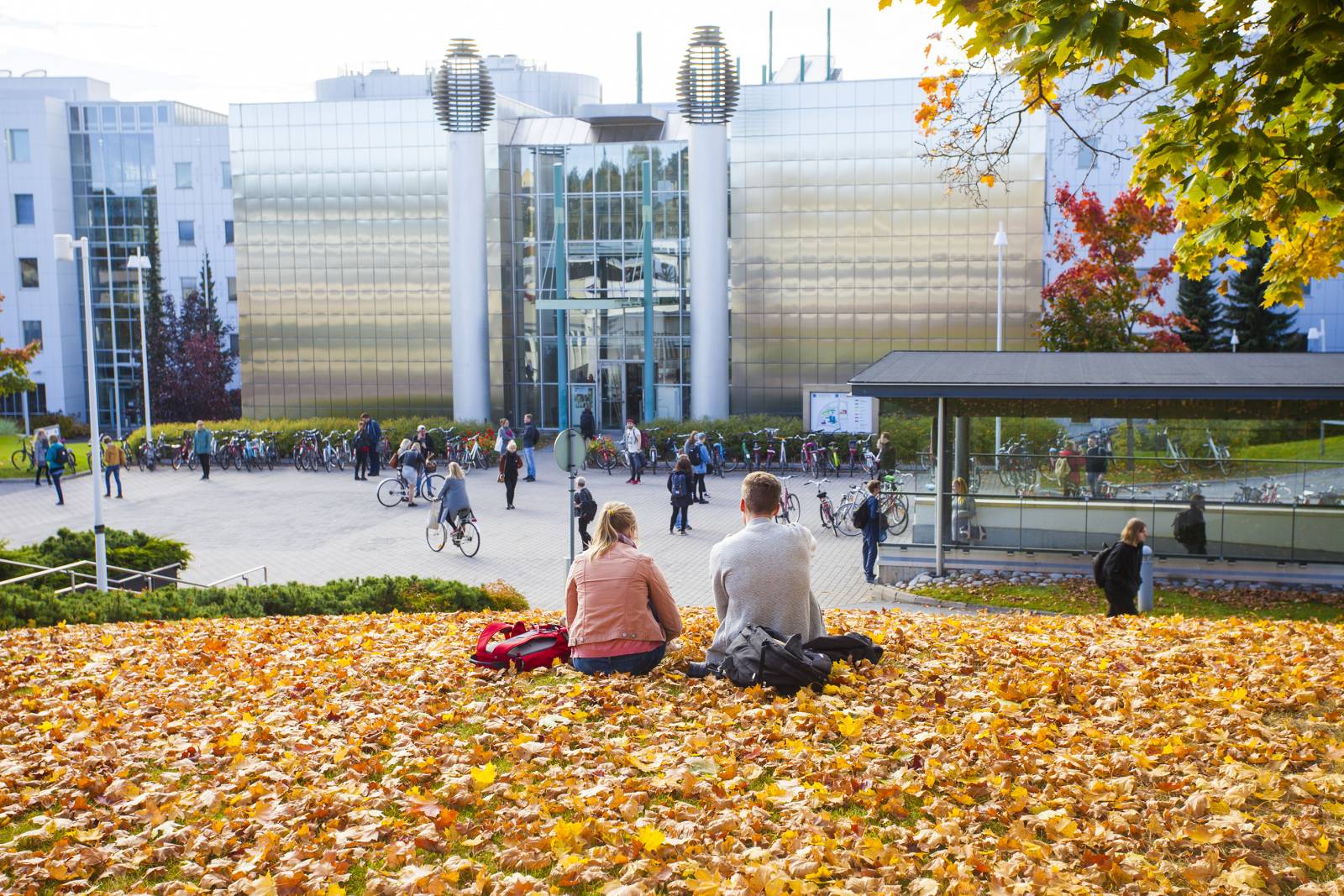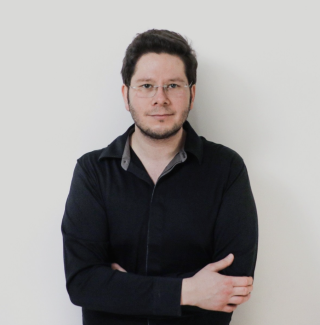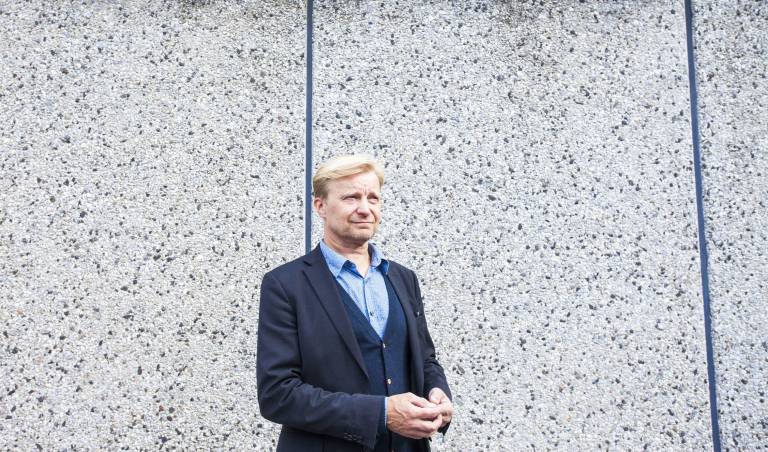If you asked scholars today what university administrators consider their most important responsibility, they would likely respond, ”research,” with a few gruntled murmurs about “bringing funding.” If you asked scholars what they personally value most in their work, you might receive more varied answers. There would be research, yes, but also teaching, and more importantly, service. Many scholars believe that academics should prioritize their service to society, in any way, shape, and form, to improve the wellbeing of their community and the people of the world.
Many scholars believe that academics should prioritize their service to society, in any way, shape, and form, to improve the wellbeing of their community and the people of the world.
The concept of the modern university emerged in 1810 with the founding of the University of Berlin in Germany, inspired by the vision of Wilhelm von Humboldt. Humboldt, a pivotal figure in higher education, conceived a university model that prioritized both research and teaching, with a distinct emphasis on advancing knowledge through research.
Prior to Humboldt’s influence, even renowned institutions like Oxford and Cambridge focused primarily on teaching, often for specific professions such as law, medicine, and clergy, with limited emphasis on basic research (Altbach, 2008). Before the European Enlightenment of the 17th century, universities mainly provided vocational training. During the Enlightenment, they shifted their focus inward, emphasizing training for priests and civil servants (Perkin, 2006). This period likely represented the time when universities contributed the least to societal development. Then Humboldt stepped on the podium.
Humboldt’s principles elevated universities to research-driven institutions. Since then, research has been regarded as the cornerstone of a university.
Modern University: Third Mission Emerges
While American universities were quick to embrace Humboldtian ideals in the 19th Century, they soon realized something essential was missing in higher education’s mission. After World War II, when many veterans returned home, eager to rebuild their lives, American institutions added a critical component to the core mission of universities: service to society.
Since then, most universities worldwide have operated on three foundational principles: research, teaching, and service. These three pillars underpin higher education, transforming universities into centers of intellectual exchange, scientific advancement, training, and enlightenment.
Tampere University and Public Good
Tampere University embodies the modern university’s principles today: research, teaching, and service, which is often referred to as the third mission. In the first pillar, research, faculty conduct studies, lead research teams, publish extensively, secure grants, and repeat the cycle. In the second pillar, teaching, faculty deliver courses, mentor postdoctoral researchers and doctoral candidates, and guide students’ academic growth. In the third pillar, service, faculty contribute to the welfare of their communities and society at large.
But how is ”service” defined? What constitutes this third mission? Does it have a tangible, quantifiable metric?
There is no single, universal definition for service. It usually varies across institutions, even within different departments. For example, at the University of Minnesota, my alma mater, service—referred to as public engagement—accounts for 30% of a tenure-track faculty’s responsibilities, research and teaching being 40% and 30% respectively.
If you asked ten professors to define service, you might receive ten unique answers, from ”committee participation” and ”expert lectures” to ”public-awareness podcasts” and ”free public seminars.” Each activity, in its own way, contributes to the public good, or, in the Finnish higher education context, sivistys (Brewis, 2024).
Since higher education ultimately serves humanity, it stands as a public good. There is a private good aspect of it, no doubt, since the individuals who can afford a college degree can and will get lots of benefits from it, but mostly higher education remains as a public good, especially in Finland. This has not changed… yet.
Importance of Third Mission for Indirect Revenue
Most of the people reading this article live in Finland. We live in the happiest country in the world (World Happiness Report Editorial Board, 2024), we work here with the benefits of unions; we study here free of charge most of the time, we enjoy healthcare, public transportation, high quality life and, occasionally, the northern lights.
We know what it is like to live in a welfare state, even though the values and ideals of the welfare state have been in decline for some time. So, it should not be very difficult to make the case for people in Finland that higher education is for public good, and that universities and university of applied sciences should prioritize their mission to serve to public good.
Higher education is for public good, and that universities and university of applied sciences should prioritize their mission to serve to public good.
How can they do this? More research? More teaching? More service?
Research leads to scientific progress, better tools, medicine, policy, ultimately leading to better lives for all humanity.
Teaching leads to a better educated, better trained, quality workforce, who in turn, contributes to society upon graduation.
And service leads to a fairer, just, free society, where the knowledge, resources, and expertise of university is shared with the community.
Then, one might ask, why does it feel like service to society is often overlooked by the university administration across the world? Perhaps it is because there are no tangible digits that show “economic value” to the university. Research brings money through external funding; teaching brings money through tuition fees; service, however, does not bring money. What it brings is far more subtle yet substantial: impact.
Universities all around the world, even in much more neoliberal countries than Finland, promote third mission because it increases the university’s relevance and public support.
Universities all around the world, even in much more neoliberal countries than Finland, promote third mission because it increases the university’s relevance and public support; increases access to funding and partnerships; increases the reputation of the institution; and aligns with the ethical and civic responsibilities of serving to public good.
At the beginning, I mentioned that during the Enlightenment, universities withdrawn to themselves and bypassed the entire century with little to no influence over the society, because they were not engaged in the developments of their societies.
A Finnish university without a significant investment on third mission will eventually face the same problem: It will be cast aside, lose its public support, funding, and relevance. Without the service, without the public good mission, the public perception of a university will be that it is an ivory tower with administrators and professors sitting atop, looking at the messes below. No one, not in Finland, not in Norway, not in the US or India, would enjoy paying taxes for universities to be “irrelevant”.
Today’s university administration, whether in Tampere or in Helsinki, or Åbo, or somewhere else, must emphasize their commitment to third mission, but sadly, third mission is often overlooked, or less emphasized compared to research and teaching simply because the gains from investing it are not quantifiable. A research grant can bring an exact amount of revenue to the university accounts while third mission related services and expenditures cannot. It is of utmost importance that administrators understand the value of and advocate third mission. Investment on third mission related services, centers, groups, and people pay off in the long run, perhaps far better and tangibly than the other two.
There is another angle to the third mission, that is highly relevant and important, but often overlooked. The university rankings.
University Rankings, Name Recognition, and Third Mission
I wrote my dissertation on university rankings (Depo, 2023). I spent a good proportion of my academic life studying and analyzing university rankings; their influence, their importance, and more importantly, their dominance in higher education (Depo, 2024). University rankings are a multi-billion-dollar industry that is followed by millions, if not hundreds of millions, of people annually.
There are three dominant international university rankings in the world: Times Higher Education (THE) Rankings, QS World Rankings (QS), and Academic Ranking of World Universities (ARWU)—or otherwise known as Shanghai Rankings.
Currently, by THE, Tampere University is ranked in the range of 301-350 in the world. A formidable score. By QS World Rankings, its ranking is between 601-650, and by ARWU, its ranking is 501-600.
Its ranking among all 13 Finnish Universities is slightly above average at the moment: per THE, Tampere is the 5th highest ranked university in Finland out of 13, per QS, Tampere is the 6th in Finland, per ARWU, Tampere is the 5th in Finland. In pretty much every list, University of Helsinki, Aalto University, and Oulu University is ahead of TAU.
The unfortunate truth is that university rankings play an incredible importance in attracting prospective international students, professors, and staff.
Tampere University is one of the most prominent institutions in Finland. Its priority is to directly serve to 5.6 million people in Finland, ameliorating their lives and wellbeing, and then serve to the larger society. While prestigious in the country, its name is less recognized across the world.
Why does it matter? Are we not living in a society where egalitarianism is valued, and all Finnish Universities, more or less, offer the same quality education (Depo, 2017)?
The unfortunate truth is that university rankings play an incredible importance in attracting prospective international students, professors, and staff.
Tampere University should offer commitment to service to society
When an international student selects a university to attend, they will most probably go online and look up information about the university. Apart from the city in which these institutions are located, what will set apart one from the other when almost every other variable such as faculty quality, campus amenities, housing, living expenses, are similar? What will make Tampere University a better choice than University of Turku or University of Oulu in the eyes of the said student?
A student from Vietnam or Turkey or the US, will likely use rankings in deciding where to attend. Should they go to Tampere University or University of Jyväskylä? Or perhaps Aalto or Oulu?
For many scholars of higher education, including myself, there is no indicator that higher ranking means better quality education. But there is no denying that higher ranking brings more prestige, hence increases the universities brand (name) recognition. It is unfortunate, but also the truth. This is the state of higher education today and Tampere University simply cannot afford to ignore it, because, like every other institution in the world, Tampere University wants the best and brightest students, faculty, researchers, and staff.
How do we manage to bring them home, then? We cannot offer them a distinctively better education than other Finnish universities; we cannot offer them distinctively higher salaries than other Finnish universities, we cannot offer them distinctively better working conditions than other Finnish universities. What we can offer them, what we should be offering, is our commitment to service to society by showing them their work, studies, research will have a direct impact on their communities, and to society at large.
What we can offer them, what we should be offering, is our commitment to service to society by showing them their work, studies, research will have a direct impact on their communities, and to society at large.
I work at the WHO Collaborating Center at Tampere University where our most and foremost role is to advance the lives of people through policy advocacy, research, consultancy, and capacity building.
We collaborate closely with the WHO yet we serve the TAU community first and foremost. Our Center is not primarily a research center, although we conduct international high impact research, we are primarily a third mission center. There are hundreds of research groups in our institution, and they are all high quality, but only a limited number of third mission centers, and our center is in a very strategic place for our university: We bolster collaboration across disciplines, faculties, and organizations. We have direct ties to international community; from Canada to Mozambique, from Harvard to Oxford, from scholars to ministers, both in Finland and outside, and we are planning to increase and enhance the collaboration of different units and faculties across Tampere University moving forward.
We have the means, and the will, to serve our faculty, university, and help realize TAU’s role regarding its commitment to third mission. Centers like ours also help boasting the rankings, as more and more ranking tables weigh public engagement more heavily each year.
The Road Ahead
To sum up, the third mission of universities—service to society—is fundamental to universities’ role in modern society and represents a crucial pillar alongside research and teaching. Despite its intangible economic impact compared to research funding or tuition revenue, service contributes substantially to the public good. This mission of service to society elevates universities from isolated academic institutions to engaged civic entities that directly impact communities. For Finnish universities like Tampere University, the third mission not only reinforces their public standing and relevance but also strengthens their international reputation, potentially enhancing their rankings and attracting top-tier students and scholars.
The third mission is especially vital in a welfare state such as Finland, where the value of accessible, high-quality education and research has broad social resonance. As global university rankings increasingly factor in public engagement, prioritizing the third mission can also serve as a strategic move to boost recognition.
The third mission is especially vital in a welfare state such as Finland, where the value of accessible, high-quality education and research has broad social resonance. As global university rankings increasingly factor in public engagement, prioritizing the third mission can also serve as a strategic move to boost recognition. Initiatives like our Collaborating Center exemplify how dedicated service centers can bridge academia with the needs of society, enhancing interdisciplinary collaboration and addressing critical global issues, with direct ties to the international policymakers, scholars, and organizations.
Ultimately, universities must embrace this mission to avoid becoming academic “ivory towers” disconnected from societal needs. Tampere University’s commitment to public service will ensure it remains a vital, respected institution at both the national and international levels. The future success of Tampere University, and indeed any university, will rest not only on producing groundbreaking research and well-educated graduates but also on its unwavering dedication to the well-being of society.
Gökhan Depo, PhD, is the Coordinator at the WHO Collaborating Center at Tampere University. As a Fulbright scholar, he obtained his doctorate from the University of Minnesota, where he worked at the Office for Public Engagement.
References
Altbach, P. G. (2008). The complex roles of universities in the period of globalization.
Brewis, E. (2024). Higher education and the public good in Finland. Higher Education.
Depo, G. (2023). The influence and limitations of university rankings: An examination of student perspectives on the alignment between university rankings and institutional quality [Doctoral dissertation, University of Minnesota]. University Digital Conservancy.
Depo, G. (2024). The role & rule of rankings. Daedalus, 153(2), 286–300.
Perkin, H. (2006). History of universities. In J. Forest & P. Altbach (Eds.), International handbook of higher education (pp. 159–206). Springer.
World Happiness Report Editorial Board. (2024). World happiness report 2024. Wellbeing Research Centre at the University of Oxford.






